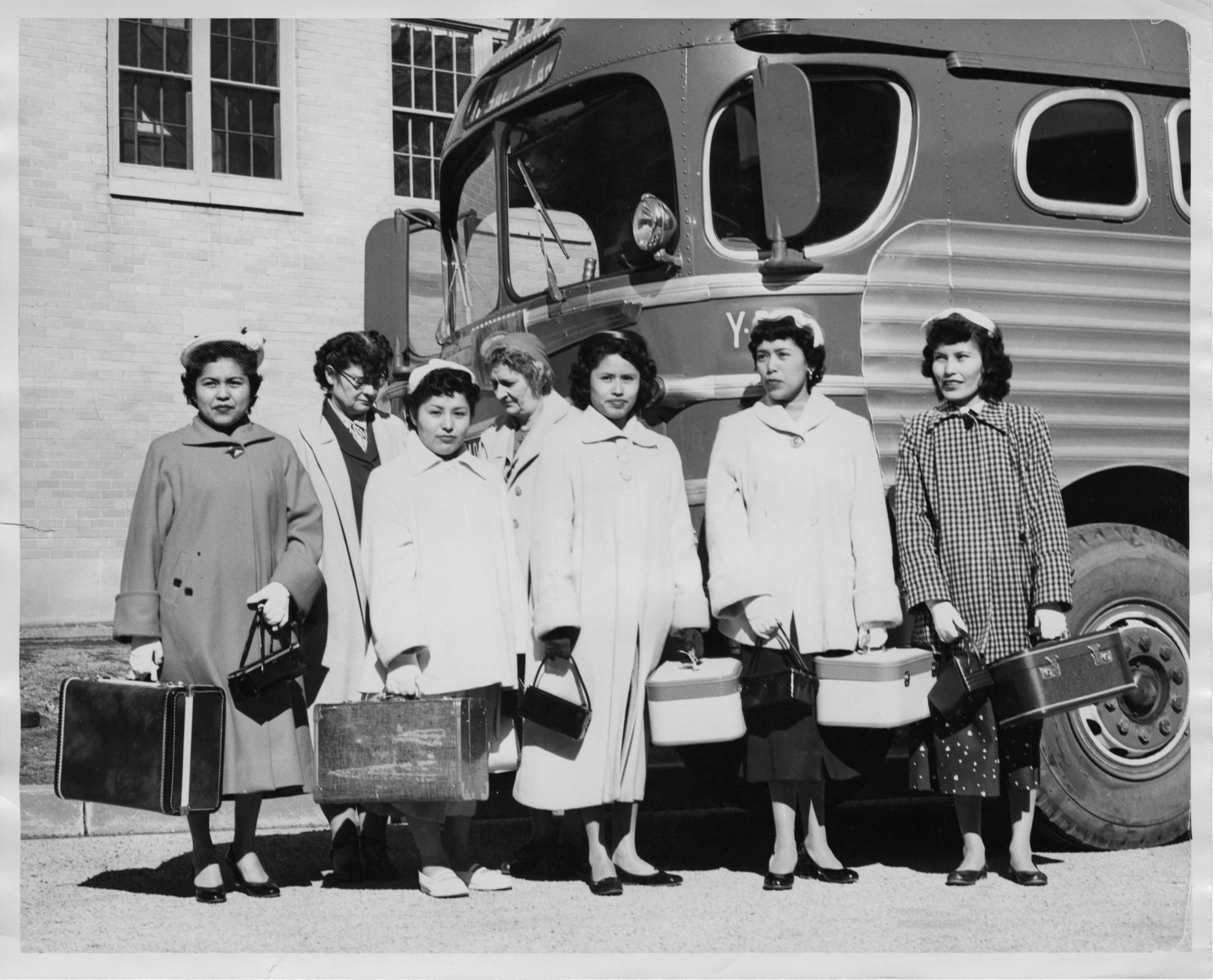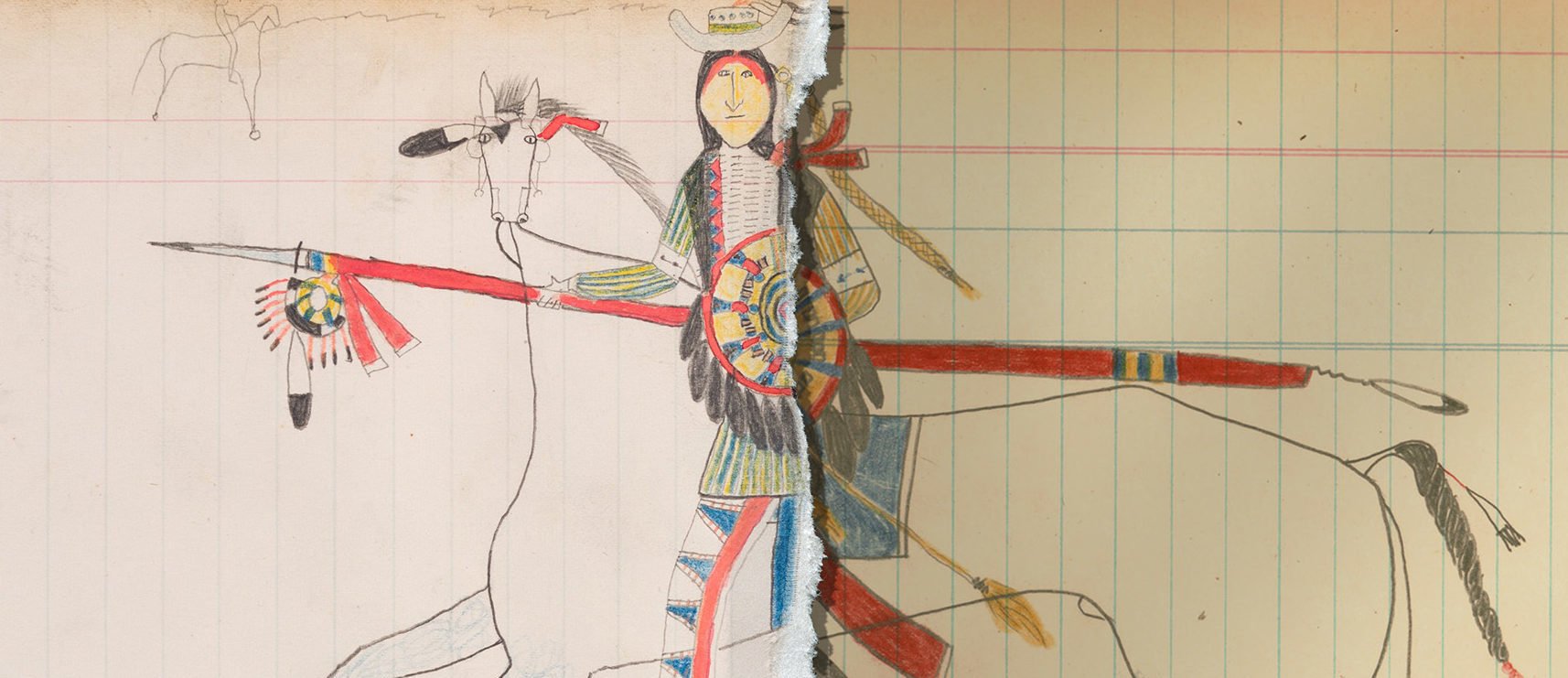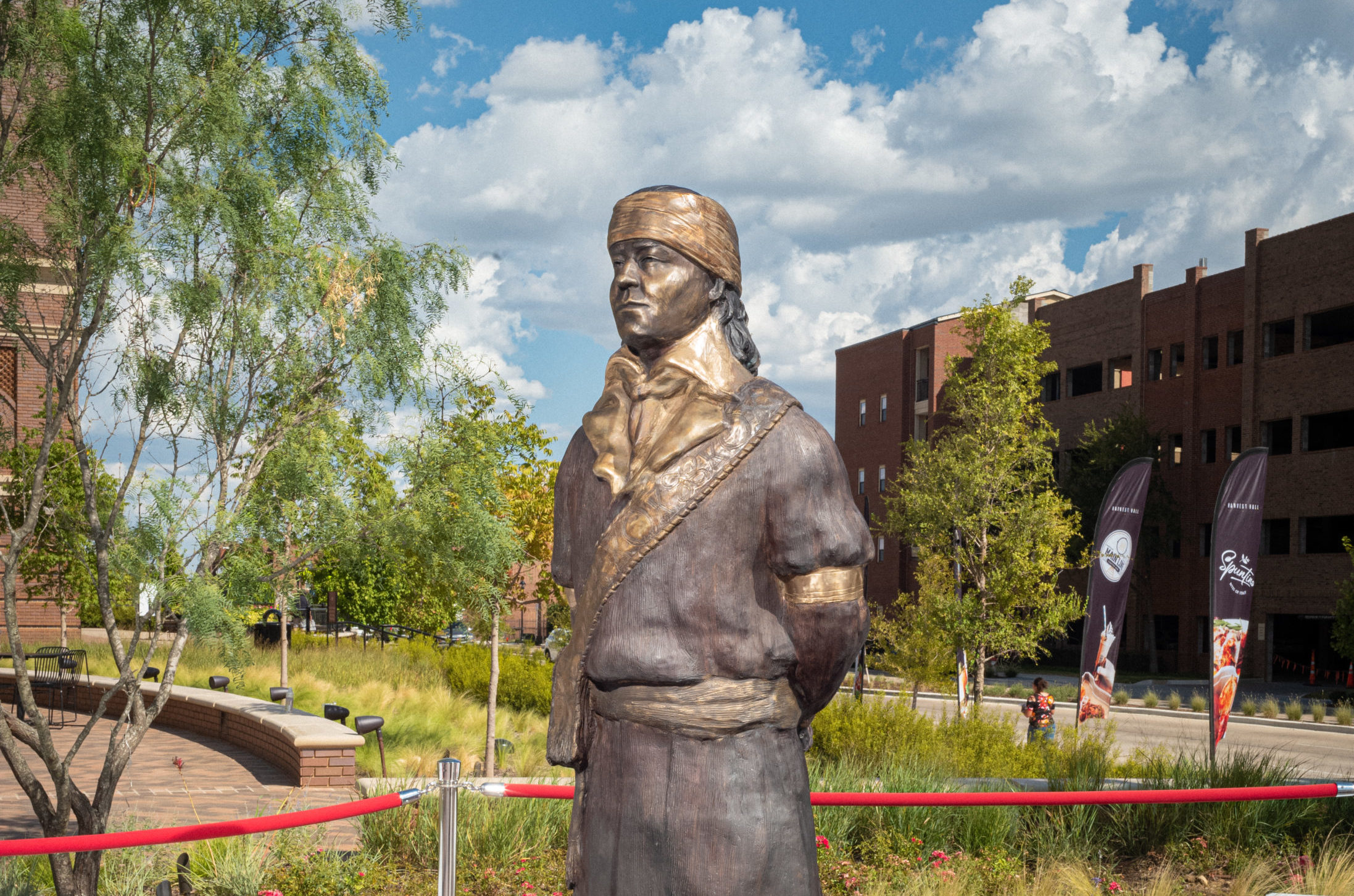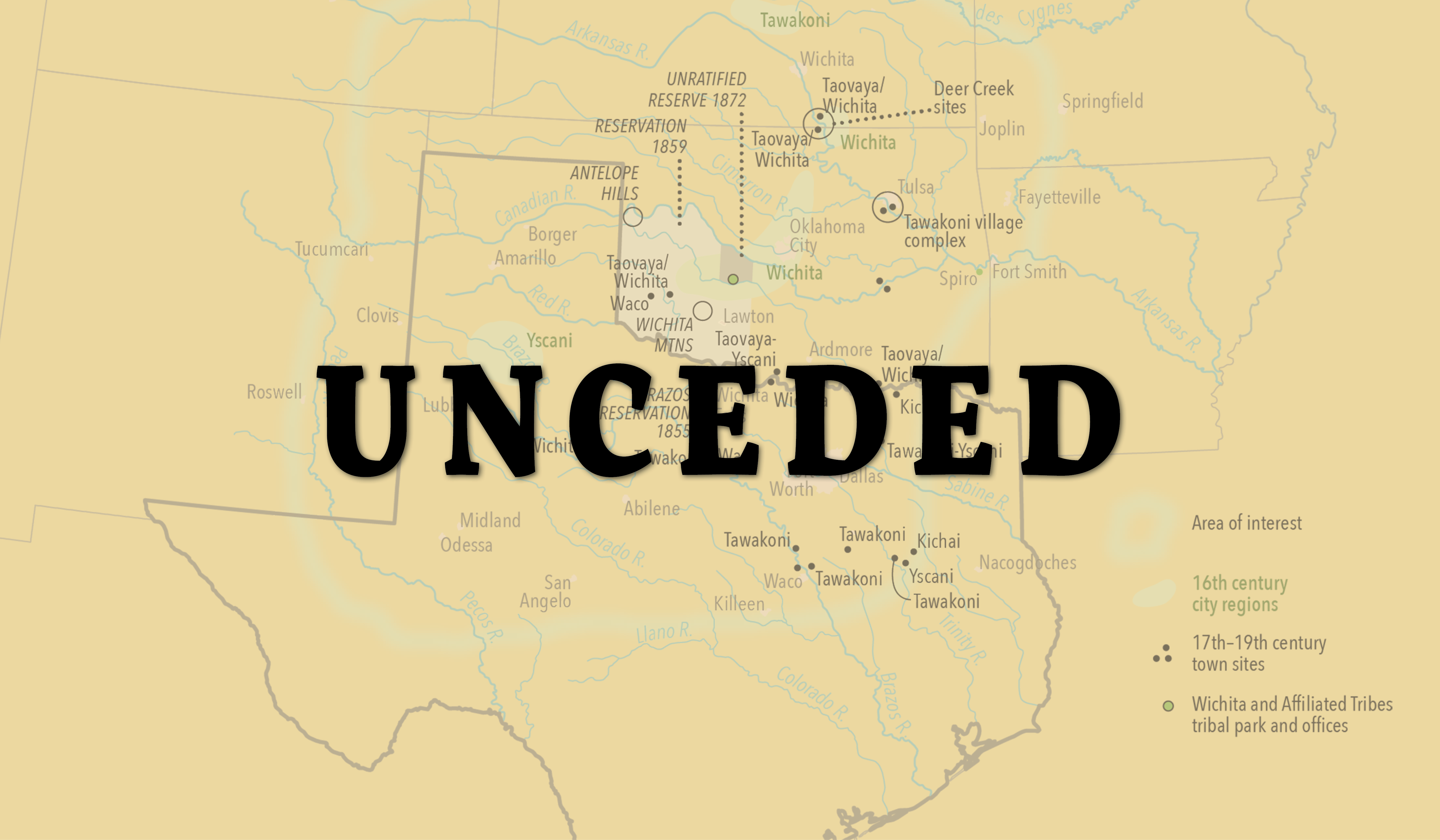
Mapping Indigenous Communities of Texas: Wichita and Affiliated Tribes (kirikir?i:s)
The Wichita built towns along Red and Brazos River in North Texas. Those sites remain important to the tribe to this day.
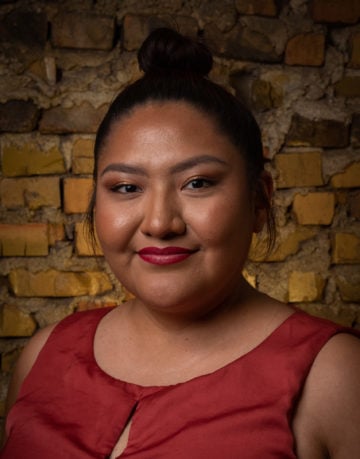
Above: Kirikir?i:s homelands (including Wichita, Waco, Tawakoni, Kichai, Taovaya, and Yscani—now Wichita and Affiliated Tribes).
Before contact with settlers, the Wichita and Affiliated Tribes were composed of multiple, autonomous bands that shared a similar culture and language, collectively known as Kitikiti’sh or kirikir?i:s. Each band had its own name, but many of these names have been lost over time due to colonization. The remaining bands are the Waco, Tawakoni, Wichita, Taovaya, and Kichai. They built townsites and cities scattered across what is currently Oklahoma and Texas. They were skilled farmers with extensive fields of corn, beans, squash, melon, and tobacco. The tribe traded with other tribes like the Caddo and Comanche.
Policies of colonialism and genocide by white settlers forced Indigenous people to protect their land and communities through force. One strategy to create “peace” between Indigenous nations and white settlers was to establish reservations. The Brazos Indian Reservation, just south of Fort Belknap in what is currently Newcastle, Texas, was established in 1854. The Caddo, Anadarko, Waco and Tonkawa lived on the reservation, which spanned 18,500 acres. After raids on white settlements in 1859 were attributed to Indigenous people living on the Brazos reservation, several hundred white settlers led by John Baylor attacked the reservation resulting in an all-day battle. In the aftermath, the federal government forcibly removed tribes to Indian Territories in Oklahoma and Kansas and the reservation dissolved.
As part of the Texas Observer’s land acknowledgement process, we are collaborating with tribal representatives to map their homelands and significant places in Texas, on their own terms. In this interview with Gary McAdams, the cultural program planner for the Wichita and Affiliated Tribes, we explore the tribe’s history and ties to Texas.
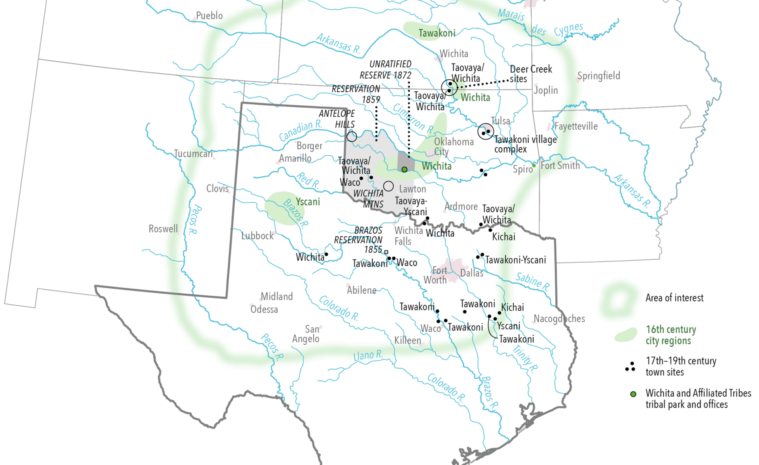
Texas Observer: How did Wichita people come to live in the land recently renamed Texas?
Gary McAdams: Around 2,000 years ago, there were quite a few people in these areas. Then because of drought or some environmental reasons, they believe that a lot of these areas were vacated and people moved east. For several centuries those plains areas were very sparsely inhabited. But then when the environment changed, those peoples had gone east to find better places to live, then spread back out. So when you ask, how did we come to be there? It’s just difficult to say. What’s better known is that in the mid-1700s, a lot of the Wichita groups that were in northern Oklahoma and southern Kansas began a migration. And a lot of those groups, like the Tawakoni and Waco, ended up in Texas.
Can you talk about the different groups that make up the Wichita?
There are some misconceptions about how we think of tribes today versus how they actually were in the past. From what we understand about our ancestors is that they weren’t actually established as tribes. What most people believe is that the villages were autonomous. The names we know of today as the Wichita and Affiliated Tribes, those names came out of those villages. In the past, there were a bunch of different names of tribes that were generally Wichita, whose names just disappeared, whether that means they disappeared, or someone used one name and began to apply it to many villages. All these things are really complicated. But the names you hear today are really just names that caught on and survived.
What kinds of places or what natural resources would Wichitas look for when they built a townsite?
Two of the most important things are water and land that would be good for growing crops. Most of these village sites are next to rivers or tributaries to rivers. A lot of times, though, they would also be located close to springs, usually the first terrace away from the floodplains of whatever stream they settled next to. There also had to be timber for constructing the grass houses as well as the tall grass. For centuries, the main animal resource was bison.
Wichitas had so many removals and I’m wondering which was the removal from Texas?
The federal government established the Brazos reserve in 1855. Waco and Tawakoni were located there. In 1859, the pressure on the Brazos reservation got so great by the settlers who were wanting those tribes to be removed from Texas. The Wacos, Tawakonis, Caddos, and Delawares, whoever else was there, started that move to where we are today. They all arrived at this small reservation that was eventually appointed for us in August of 1859.
Did the Wichita want a reservation in Texas?
They always wanted to secure some territory for themselves. I don’t know if they wanted a particular Brazos reservation. Texas and the United States just kept encroaching on the lands that our people have always used, pushing us further west. Some of the treaties that were signed, they talked about Texas or the United States wanting to establish a line. But it was much further west than our people would agree to. They were constantly trying to move tribes away and tribes were always trying to secure a place they wouldn’t be moved from. So, no, I don’t think our people wanted these small reservations, but that’s what they got.
What are some common misconceptions that you think people have about Wichita history and identity?
There’s not a whole lot of people that know anything about Wichitas. Most of our history is not written. The times when we were all over the place was prior to European contact. Finding out that we were as numerous as we were is mainly through archeology. These other tribes that eventually moved into our area and took our places as the people that kind of held dominion over that are more well-known because they’re all written about. [In the 1700s, the Comanche moved into Texas and eventually dominated the region creating the Comanche empire.]
How can readers learn more about Wichita history in Texas?
The best sources that I know of are the Texas Historical Commission and the Texas Archeological Research Laboratory. They got a website that’s called Texas Beyond History. There’s different sections, but the one most related to Wichitas is the ones on the Plains Villagers.
This interview has been edited for length and clarity.
Indigenous Affairs stories are produced with support from the Economic Hardship Reporting Project.

